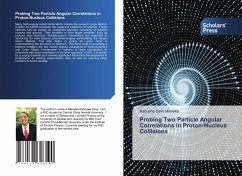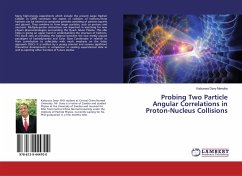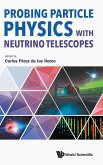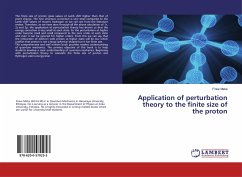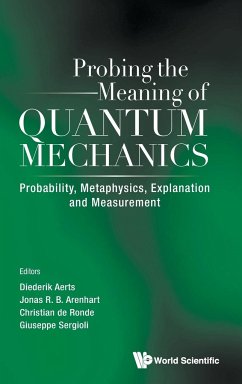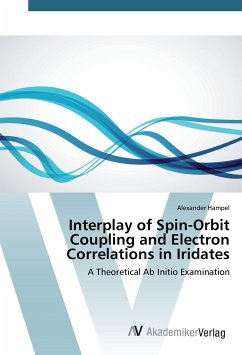Many high-energy experiments which include the present Large Hadron Collider at CERN constitute the aspect of collisions of hadrons. These hadrons can be viewed as composite particles consisting of partons (quarks and gluons). They combine to form larger particles, such as protons and neutrons. Multiple-parton interactions are important in searching for new physics phenomenologies surrounding the Quark Gluon Plasma. This also helps in giving an upper hand in understanding the structure of hadrons. This book aims at providing a balance between the two mostly argued paradigms of hydrodynamics and Color Glass Condensate in relation to their contribution to collectivity with much emphasis on the later approach (CGC). It is written by a young scientist and reviews significant theoretical developments in comparison to existing experimental data as well as opening other frontiers of future studies.
Bitte wählen Sie Ihr Anliegen aus.
Rechnungen
Retourenschein anfordern
Bestellstatus
Storno

